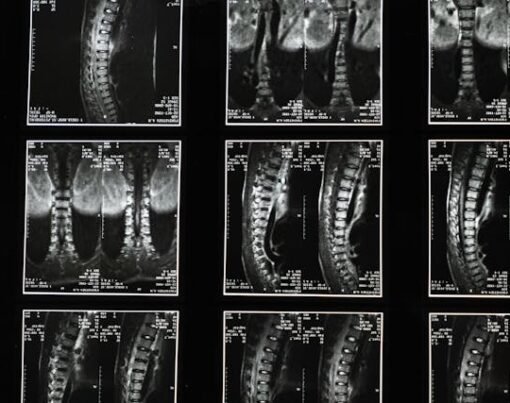A dental dam in dentistry is the ultimate safeguard to minimize the spread of bacteria and mitigate the risks of many dental procedures. The human mouth has anywhere from 500 to 1,000 different types of bacteria at any given time. It doesn’t matter how often or how well one cleans their teeth. These bacteria are still present.
Dental dams are thin square sheets of rubber or latex. It is placed over the operative site to isolate it from the rest of the mouth. For patients with a latex allergy, there are non-latex alternatives. Dentists can order these items from a dental supply store. They are essential to orthodontic procedures.
If you’re undergoing dental treatment that exposes your teeth’s interior, you don’t want bacteria in these openings. Here is how a dental dam is used in dentistry.
Table of Contents
How Dental Dams Are Applied
Dental dams stretch across the mouth. Dental dams always have a hole in the middle of the sheet. The dentist fits this hole over the treatment area, isolating this mouth part while protecting everything else. A dental clamp is placed around the tooth to hold the dental dam.
Dental Dams Isolate the Tooth
A dental dam also isolates the tooth and makes the area being worked on clear for the dentist. It removes any other distractions, zeroes in on the treatment area, and provides the highest standard of care.
Dental dams also reduce exposure to chemicals or materials used during dental procedures.
Dental Dams Protect from Infection & Soft Tissue
Dental dams are usable for specific endodontic procedures, prosthodontics such as crowns and bridges, veneer placements, and similar treatments.
Dental dams are used to protect you from infection as dental treatment is carried out. Dental dams feel uncomfortable for some patients but significantly minimize the risks of serious bacterial infection. They keep saliva and blood as well from cross-contaminating the site.
Dental dams also shield soft tissues from accidental contact with dental instruments. The gums, cheeks, and tongue are all out of the way, dramatically reducing the risk of injury during a procedure.
Enhanced Visibility for the Dentist
When you isolate the tooth, dental dams increase the visibility of the area being worked on, which makes treatment more precise. Visibility is an absolute requirement, especially during root canals and fillings.
Patients Are More Comfortable
Patients are often more comfortable when dental dams are used as excess saliva, and mouth debris is easier managed. This reduces the need for frequent interruptions to clean teeth.
Benefits of Dental Dams
The benefits of dental dams are evident in several crucial aspects of dental care. They ensure that oral bacteria do not enter exposed areas inside a tooth, preventing root contamination. This is essential for maintaining oral health during dental procedures.
The dentist can isolate the tooth more effectively using a dental dam. This creates a clean work area separated from the rest of the mouth, allowing precision during treatment.
Furthermore, dental dams minimize the risk of patients swallowing or inhaling dental materials and instruments. This safety measure is both simple and crucial for avoiding complications during dental treatments.
Dentists Decide Whether or Not to Use a Dental Dam
The dentist decides when and how to apply a dental dam within a procedure. Some dentists use them more often than others, while others only selectively. That said, many organizations strongly recommend dental dams for their safeguards.
Dental Dams Require Experience
Dental dams are not overly difficult to place; however, a dentist must be capable of incorrectly setting a dam to use them accurately. It requires proper technique and training; otherwise, getting the dental dam into the correct position can be challenging.
Dental Dams Do Not Hurt During or After Placement
Dental dams should not cause pain or discomfort. However, there may be some pressure as the dental dam clamp is placed over the tooth. If placed correctly, a patient won’t feel much discomfort.
A patient may have difficulty with a dental dam for many reasons. They may feel pressure during placement if their mouth has not frozen properly. A dental dam can cause gagging in some patients with sensitive reflexes.
Dental Dams Are Strongly Recommended
Dental dams are not required for any procedure. A dentist may remove the dental dam if the patient cannot tolerate it. However, it is highly recommended due to the risks a dental dam rules out. It helps keep a sterile environment, preventing unwanted materials ingestion. It will make the patient’s experience more enjoyable.










